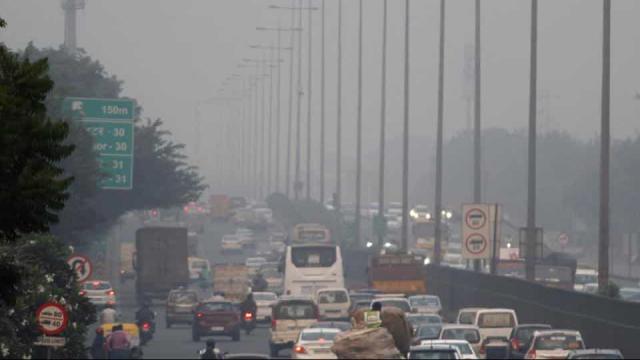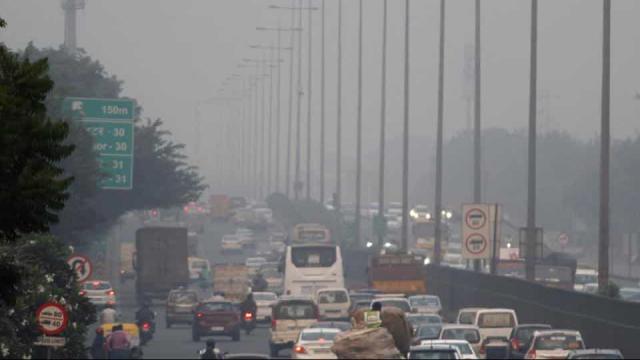Thick smog engulfs Delhi, air quality dips to ‘very poor’
With continued stubble burning in parts of Punjab and Haryana, a thick blanket of fog has engulfed Delhi and the national capital region (NCR), with air quality dipping to 'very poor'.

New Delhi: With continued stubble burning in parts of Punjab and Haryana, a thick blanket of fog has engulfed Delhi and the national capital region (NCR), with air quality dipping to 'very poor'.

The System of Air Quality and Weather Forecasting and Research (SAFAR) on Monday said that overall Air Quality Index (AQI) of the national capital was detected at 329, which falls in the ' very poor' category. An AQI between 0-50 is considered good, 51-100 satisfactory, 101-200 moderate, 201-300 poor, 301-400 very poor and 401-500 severe or hazardous.
Also Read | NIA conducts searches at various places over suspected 'Terror gangs' link with Sidhu Moose Wala murder case
In Delhi's 's Mandir Marg, major pollutant particulate matter 10 (PM10), was detected at 707, while in vicinity of Major Dhyan Chand National Stadium it was detected at 676 and near Jawaharlal Nehru stadium at 681, all theses fall under the 'hazardous' category.
In Lodhi Road area, pollutants PM 2.5 and PM 10 further fell to 'poor' category. The ,SAFAR in its advisory, has appealed people with heart or lung disease, older adults, and children to avoid prolonged or heavy exertion.
The organisation has also issued precautions for the citizens, saying that the poor condition of air could affect their health. Residents may experience a significant increase in respiratory issues, it added.
Also Read |
Cold wave conditions continue to sweep Northern India

As per the India Meteorological Department (IMD), the minimum temperature in the national capital stood at 15 degrees Celsius, with maximum of 2
9 degree Celsius, with shallow fog on Monday. The forecast department has also predicted that the next three days of the week are going to be sunny with clear skies.
In its report, the organisation suggested that renewable energy, clean cooking and lighting technologies and better waste management can reduce air pollution load. (ANI)
 Dynamite News
Dynamite News 